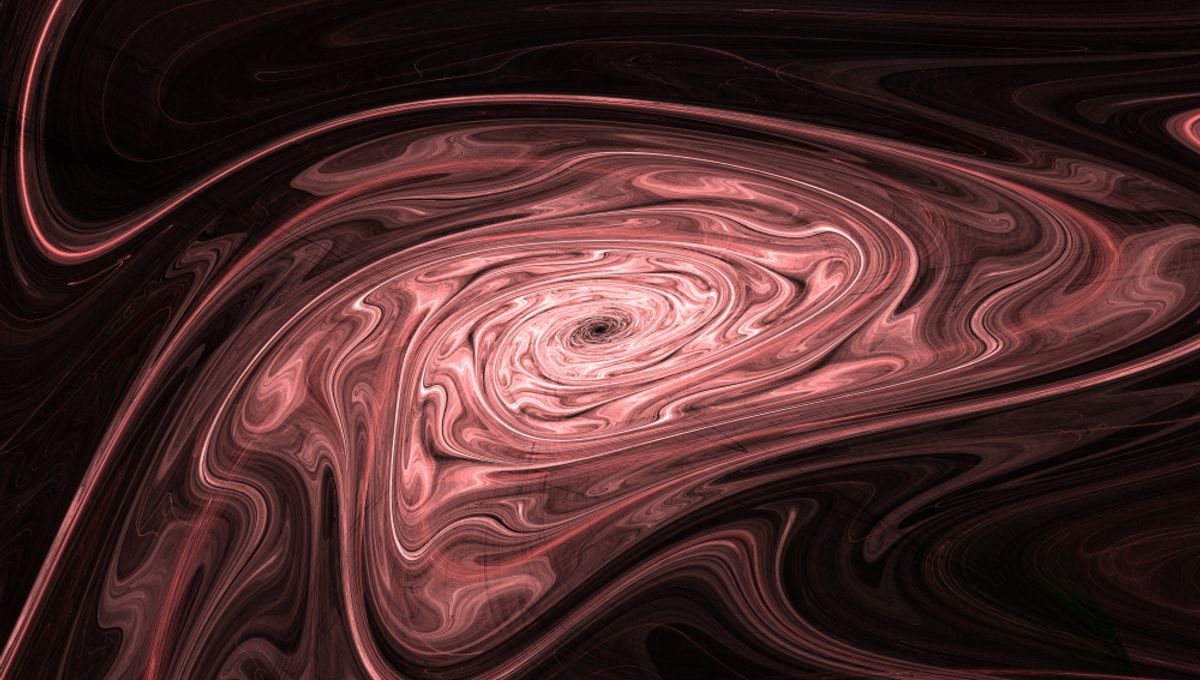
Turbulence in a fluid due to the rotation of a body has applications across all realms of science and engineering. It doesn’t matter if you’re focusing on a neutron star or on an airplane engine: turbulence is there, often messing up your nice “simple” equations. There is turbulence also at the quantum level and, like everything quantum, it’s weird. But understanding it can help us understand all types of turbulence, and a new breakthrough promises to do just that.
Researchers from Aalto University and Lancaster University report the confirmation of a theoretical prediction about the existence of quantum turbulence and how energy dissipates at such small scales.
“Our research with the basic building blocks of turbulence might help point the way to a better understanding of interactions between different length scales in turbulence,” lead author Dr Jere Mäkinen, from Aalto University, said in a statement.
“Understanding that in classical fluids will help us do things like improve the aerodynamics of vehicles, predict the weather with better accuracy, or control water flow in pipes. There is a huge number of potential real-world uses for understanding macroscopic turbulence.”
At a quantum level, turbulent flow is to be found confined around line-like centers known as quantum vortices. The crucial aspect of quantum mechanics is that values that properties can take are not continuous but discrete (i.e. quantized), so there is only a small set of values that the turbulence can take. On the one hand, this makes it easier to model, but it has not been easy to test experimentally.
The team had to use liquid helium-3 at temperatures close to absolute zero placed in a rotating refrigerator. They were then able to create and study the quantum turbulence in detail.
“In experiments, the formation of quantum turbulence around a single vortex has remained elusive for decades despite an entire field of physicists working on quantum turbulence trying to find it. This includes people working on superfluids and quantum gases such as atomic Bose-Einstein Condensates (BEC). The theorised mechanism behind this process is known as the Kelvin wave cascade,” co-author Dr Samuli Autti, from Lancaster University, explained.
The Kelvin waves act on the vortices, pushing the energy to smaller scales until it reaches a scale where the energy dissipates completely. A key finding, which will be useful in understanding turbulence at all scales.
“The question of how energy disappears from quantized vortices at ultra-low temperatures has been crucial in the study of quantum turbulence,” Dr Mäkinen explained. “Our experimental set-up is the first time that the theoretical model of Kelvin waves transferring energy to the dissipative length scales has been demonstrated in the real world.”
The study is published in Nature Physics.
Source Link: Researchers Have Found Where The Energy Goes In Quantum Turbulence